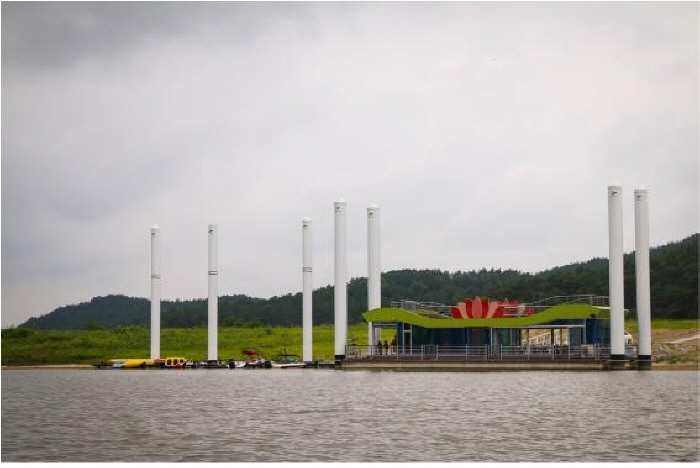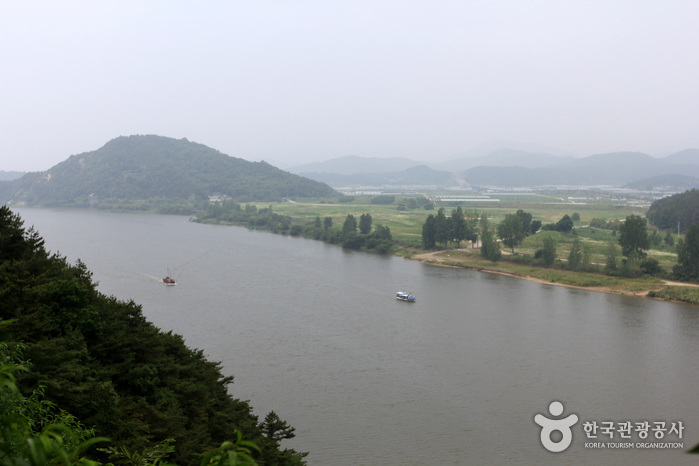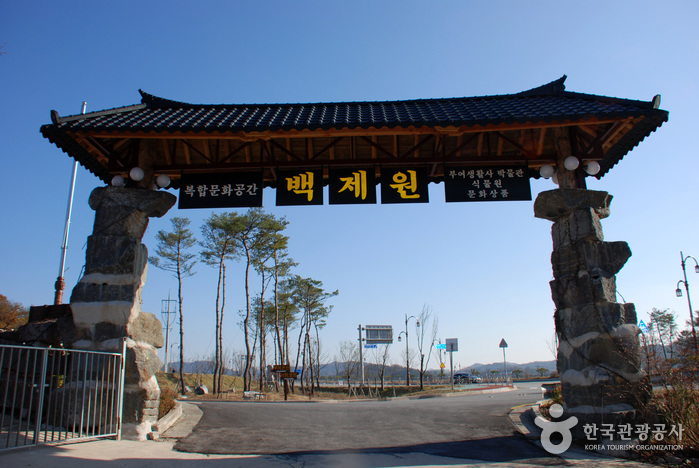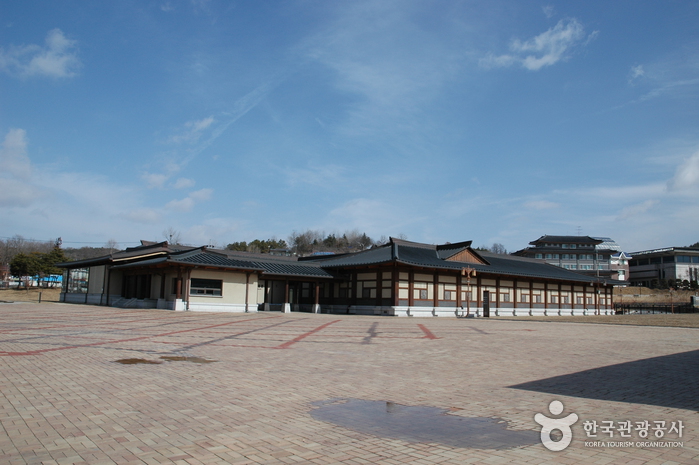Baengmagang Leisure Park (백마강레저파크)
19.9 Km 3055 2022-04-08
424, Wangheung-ro, Buyeo-gun, Chungcheongnam-do
+82-1833-8982
Baengmagang Leisure Park provides camping all year round as well as caravan facilities and water sports facilities. Visitors can enjoy waterski, wakeboarding, banana boat, and water playgrounds as well as outdoor swimming pool in the summer.
Archaeological Site in Gwanbuk-ri and Busosanseong Fortress [UNESCO World Heritage] (관북리유적과 부소산성 [유네스코 세계유산])
19.9 Km 53616 2024-02-29
Gua-ri & Gwanbuk-ri, Buyeo-eup, Buyeo-gun, Chungcheongnam-do
+82-41-830-2880
Archaeological Site in Gwanbuk-ri and Busosanseong Fortress are historical sites dating back to the Baekje period (BC 18-AD 660), when they served as the capital from 538 to 660 AD. Archaeological Site in Gwanbuk-ri functioned as the royal palace where the king resided and governed during peacetime, while Busosanseong Fortress served as a defensive wall for wartime preparedness. Many Baekje historical relics have been excavated from these sites, and there is a virtual experience center called Sabido Fortress for visitors to explore, along with guided tour services available.
Goransa Ferry (고란사유람선)
19.9 Km 33364 2020-02-07
Buso-ro, Buyeo-gun, Chungcheongnam-do
+82-41-835-4689
Goransa Ferry is the best way to understand the history of the Baekje dynasty while enjoying the still waters of Baengmagang River. The ferry passes various historical sites within Busosanseong Fortress, including Cheonjangdae Cliff, Nakhwaam Rock, Joryongdae Cliff, and Jaondae Cliff. Of these sites, Nakhwaam Rock (Falling Flower Rock) is perhaps the most famous, being known as the location where many Baekje women jumped from the cliff rather than be taken captive when the dynasty fell to invading forces. Another key site is Goransa Temple, home to a fountain of natural spring water that was said to prevent aging.
Baegmagang River (백마강)
20.0 Km 8551 2017-08-08
Buyeo-eup, Buyeo-gun, Chungcheongnam-do
Baegmagang River (백마강), which literally means ‘the largest river in the Baekje Kingdom’, refers to the 16km-long Geumgang River.
There are many historic sites all along Baegmagang River, which flows around Mt. Busosan, including Cheonjeongdae Altar (천정대), where important national affairs of the Baekje Dynasty were determined, Nakhwaam Rock (낙화암), Joryongdae Rock, Gudeure, BusanㆍDaejaegak Pavilion, Jaondae Rock and Subukjeong Pavilion.
* Joryongdae Rock (조룡대)
A small island-like rock on the Baegmagang riverside
* Daejaegak Pavilion (대재각)
Daejaegak Pavilion is located at the Baegmagang River cliff across from the Gudeure Ferry. In this pavilion can be found a rock bed engraved with ‘Jitongjaesim Ilmodowon’ on its surface.
Baekjewon (백제원)
20.0 Km 4983 2021-02-18
553, Baekjemun-ro, Buyeo-gun, Chungcheongnam-do
+82-41-832-0041
Baekjewon is a cultural complex made up of a botanical garden and Buyeo Museum. As the only botanical garden in Buyeo, Baekjewon boasts a well organized collection of plants and agricultural materials of Buyeo. Buyeo Museum's exhibitions present cultural relics, records of modern history, film and music-related materials of Buyeo from the Baekje Kingdom to modern times.
Jeongnimsaji Museum (정림사지박물관)
20.0 Km 15362 2020-12-11
83, Jeongnim-ro, Buyeo-gun, Chungcheongnam-do
+82-41-832-2721
Jeongnimsaji Museum is located in Buyeo, the last capital of Baekje, where the Baekje culture flourished for the 123-year-long “Sabi Era.” The museum was established on the building site of Jeongnimsa Temple, which was a symbolic meeting place for royalty and a center for politics based on Buddhist morals.
The museum highlights the Buddhist culture of Baekje, said to be the origin of Buddhism in Korea and Japan, and Jeongnimsa Temple, known as the culmination of Baekje Buddhism. The museum also seeks to emphasize the advanced technology of Baekje and reenact the Sabi Era using an interactive approach that relies heavily on videos, panels, replicas, and hands-on programs. Main attractions at the museum include the Jeongnimsa Temple Site (Historic Site No. 301), the five-story stone pagoda of Jeongnimsa Temple (National Treasure No. 9) and the seated stone Buddha (Treasure No. 108).

![Archaeological Site in Gwanbuk-ri and Busosanseong Fortress [UNESCO World Heritage] (관북리유적과 부소산성 [유네스코 세계유산])](http://tong.visitkorea.or.kr/cms/resource/33/2366333_image2_1.jpg)




 English
English
 한국어
한국어 日本語
日本語 中文(简体)
中文(简体) Deutsch
Deutsch Français
Français Español
Español Русский
Русский